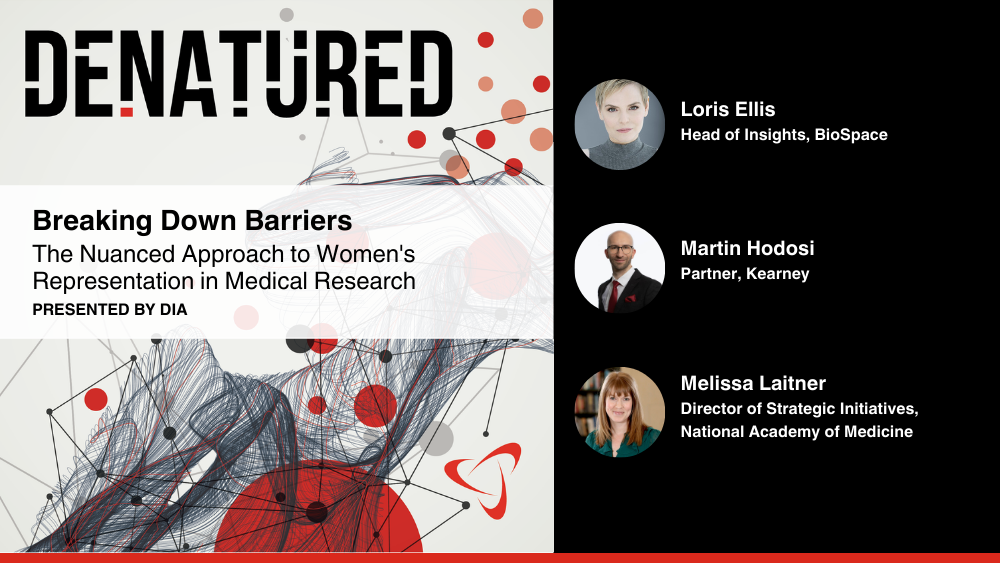While NK cell therapies can potentially avoid the serious side effects sometimes seen with CAR T cell therapies, experts say durability may stall their path to the market.
When the first CAR T cell therapy was approved by the FDA in 2017, it was heralded as a breakthrough in cancer treatment. The approach allowed for a targeted attack on cancer cells using a patient’s own immune cells, as compared with the broad-strokes assault levied by traditional treatments such as chemotherapy and radiation.
While a total of six CAR-Ts have been approved to date, the approach works only for a subset of patients, has shown promise mainly for blood cancers and has notable side effects. To overcome these shortcomings, many researchers and biotech companies have turned their attention to natural killer (NK) cells, which are a part of the innate immune response—the body’s first line of defense against any infection.
Historically, NK cells have been notoriously difficult to culture, leading them to be overlooked, said Alicja Copik, associate professor of medicine and core scientist at the University of Central Florida.
“Better understanding of how to grow [NK cells] in the laboratory has led to an immense research interest in these cells,” she told BioSpace. “A decade ago, just one company was looking at NK cells. Now, several groups are exploring different ways to use them as cell therapies.”
Overcoming CAR-T’s Challenges
CAR-T therapies involve reengineering T cells, typically derived from the patient. Once isolated, these cells are genetically modified to express chimeric antigen receptors (CARs) on their surface, arming them to better recognize and attack cancer cells.
However, CAR-Ts have been shown to cause several side effects, including cytokine release syndrome, neurotoxicity and blood disorders such as anemia and thrombocytopenia. In terms of allogeneic CAR-Ts, where donor T cells are used, there is the risk of graft-versus-host disease, a strong immune reaction that leads to a rejection of the transplanted cells.
“T cells with CARs can go crazy and grow uncontrollably, which leads to some of the major side effects,” said Sumiti Jain, chief scientific officer of ImmuneBridge, a San Francisco–based biotech startup that raised $12 million in seed funding in 2023 to develop NK cells from the umbilical cord. NK cell–based therapies do not cause cytokine release syndrome and neurotoxicity because “they don’t grow as robustly,” Jain said.
CAR-Ts have also been associated with secondary malignancies such as leukemias, skin cancers and T cell non-Hodgkin lymphomas. Noting this potential side effect, the FDA recently announced that it will require an update to the boxed warnings of CAR T cell therapies, alerting patients and prescribers to a heightened risk of secondary T cell malignancies.
Furthermore, David Shook, chief medical officer of Nkarta, which is developing allogeneic CAR-NK cells, told BioSpace that CAR T cell therapies, despite their benefits, have remained largely inaccessible to patients due partly to a “cumbersome” manufacturing process. The process of isolating and engineering a patient’s T cells takes over two weeks before the cells can be infused back into the patient.
“There are patients who are eligible for CAR-Ts and are on the waitlist but are not able to access them because of manufacturing constraints,” Shook said.
Advantages of NK Cell Therapy
Ann Cheung, chief scientific officer and head of R&D at Dragonfly Therapeutics, which is developing NK cell–stimulating antibodies, noted that, unlike CAR-T therapies, NK cell therapies do not require patients to undergo lymphodepletion chemotherapy with toxic agents such as fludarabine and cyclophosphamide. “Not every patient is eligible for these chemotherapies,” she told BioSpace, because of other immune conditions or a susceptibility to infections. “In that sense, the safety profile of NK cell therapies is much better.” Moreover, she said, NK cells work by recognizing multiple antigens, making them strong contenders to destroy cancer cells.
NK cell therapies have also shown promise for treating solid cancers, an area where CAR-Ts have largely failed to show benefits, Jain said. “CAR-Ts are amazing for blood cancers, but put them in solid tumors, and they seem to freeze.” NK cells seem to have the ability to migrate into solid tumors better than CAR-Ts, she explained.
These characteristics have inspired several biotech and research groups to explore the potential of turning NK cells into therapies. Nkarta is developing CAR-NK cells from a donor-derived pool of NK cells. But after seeing initial success with one candidate, NKX101, an interim evaluation of Phase I data in 14 acute myeloid leukemia patients showed a “meaningfully lower” response rate than in the first six reported patients, causing the company to deprioritize the program.
Other companies are moving forward with CAR NK cell therapy candidates. Fate is in Phase I trials with FT522 for B cell lymphoma, and Century has a CD19-targeting therapy, CNTY-101, in Phase I for B cell malignancies.
And while some are focused on genetically modifying NK cells to enhance their cancer-fighting abilities, others are harnessing the inherent qualities of NK cells. For example, San Diego–based Artiva Biotherapeutics, in partnership with Merck, is developing a non–genetically modified NK cell therapy that enhances antibody responses to specific cancers and autoimmune diseases. Meanwhile, NKGen Biotech just released interim Phase I data for its allogeneic non–genetically modified NK cell therapy, SNK02, showing that it was well tolerated—all patients completed the eight treatment cycles—and showed signs of clinical activity against pretreated solid tumors. And ImmuneBridge wants to harness the pool of NK cells from hematopoietic stem cells derived from umbilical cords, which Jain said are most likely to show anti-tumor activities against specific cancers.
The Road Ahead
Despite recent advancements, experts suggest the road ahead for upscaling NK cell therapies may not be straightforward.
“NK cells don’t live for very long,” Shook said, so patients may require a high dose and multiple rounds of injections.
Jain added that differentiating NK cells derived from donors can exhaust the cells and mellow their potential to be effective cancer killers. “We need durable cell NK therapies,” she said.
According to a study of clinical trial data recently published in Nature, the clinical benefits from NK cell–based therapies often lasted only a few months before relapse, likely due to resistance or low NK cell persistence. “NK cell persistence typically ranges from a few days to 4 months, with an average of 7 days,” the authors noted, adding that cryopreservation of NK cells further impacts their ability to grow.
While there are currently no FDA-approved NK cell therapies for cancer, Copik is hopeful that some of these therapies will make it to market. “More studies are showing us that the NK cell therapies are effective and have better safety profiles compared to CAR-Ts,” she said.
Jain holds a similar view. “Patients are battling every day. Having a new therapy that is readily accessible will be a huge advancement.”
Aayushi Pratap is a New York-based health and science journalist and an alum of Columbia Journalism School. Reach her on LinkedIn.






